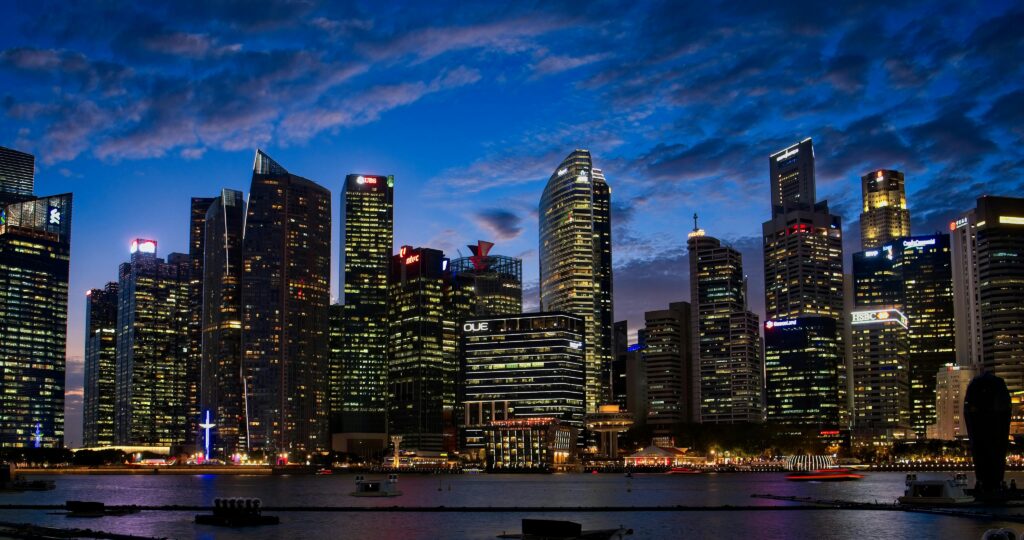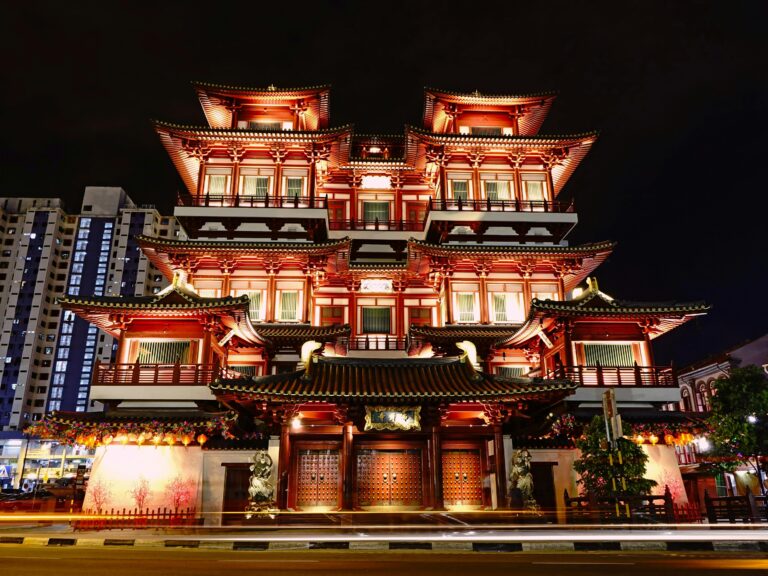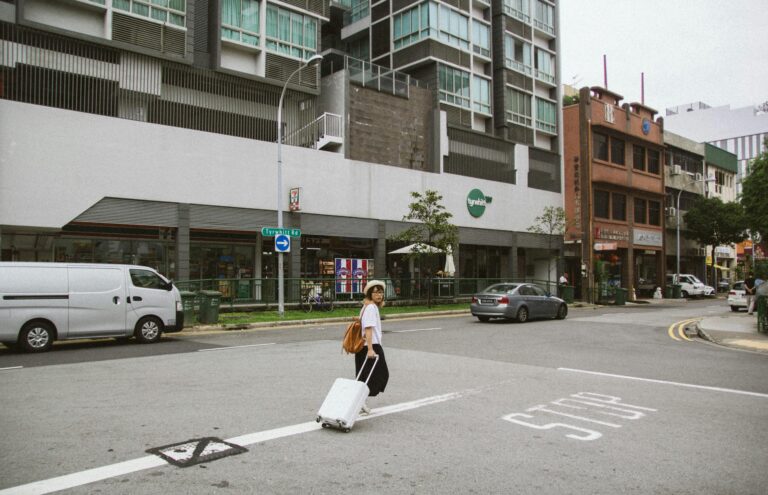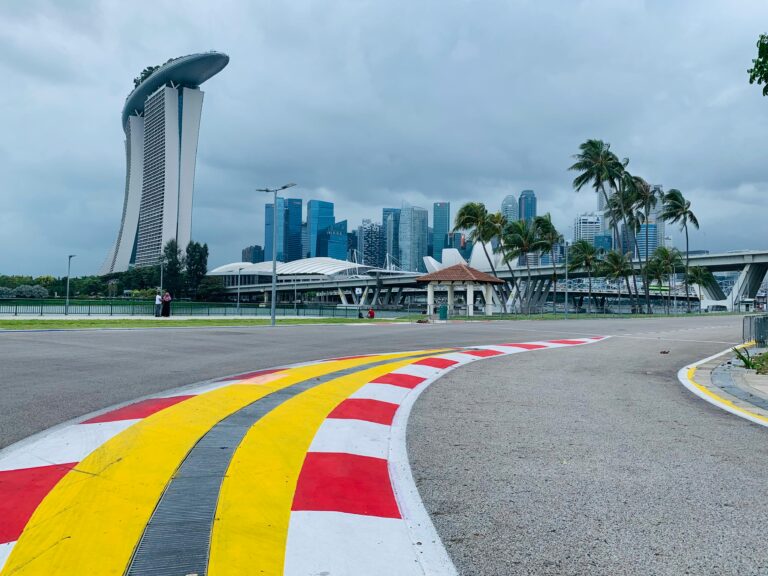
Singapore, an island city-state located near the equator, experiences a tropical rainforest climate. Characterized by consistently high temperatures, high humidity, and abundant rainfall throughout the year, Singapore’s weather plays a significant role in shaping its environment, lifestyle, and economy. Understanding the unique climatic conditions of Singapore can help residents and visitors alike to better prepare for and enjoy what this vibrant city has to offer.
Read more articles here: https://learntodrivesg.com/
Temperature and Humidity
Singapore’s proximity to the equator means that it does not experience the traditional four seasons. Instead, the city enjoys a uniform climate with minor variations. The average daily temperature ranges between 25°C (77°F) and 31°C (88°F). Humidity levels are high year-round, typically hovering around 80%. This consistent warmth and humidity can be both a boon and a challenge for those living in or visiting the city.
Key Points:
- Consistent Warmth: The temperature remains fairly constant, avoiding extreme highs and lows.
- High Humidity: The air moisture levels can make the heat feel more intense, often described as “muggy.”
Rainfall Patterns
Rainfall in Singapore is abundant, with the city receiving an average of 2,340 millimeters (92 inches) of rain annually. The wettest months are November to January, coinciding with the Northeast Monsoon season. During this time, heavy thunderstorms are common, and it is not unusual for the city to experience short, intense downpours.
The Southwest Monsoon season, from June to September, brings slightly less rainfall but still features frequent showers. Between these monsoon seasons, the Inter-Monsoon periods (March to May and October) see more unpredictable weather, with sudden thunderstorms and showers.
Key Points:
- Monsoon Seasons: The Northeast Monsoon (November to January) and the Southwest Monsoon (June to September) dominate the rainfall patterns.
- Inter-Monsoon Periods: These periods are characterized by sudden and unpredictable weather changes.
Adaptations and Lifestyle
The consistent climate influences many aspects of daily life in Singapore. Buildings are designed with features like wide eaves and verandas to provide shade, while air conditioning is a ubiquitous part of both residential and commercial architecture to combat the heat and humidity. Additionally, the city’s abundant green spaces, such as the Singapore Botanic Gardens and numerous parks, provide respite from the urban heat.
Singaporeans are also accustomed to planning their activities around the weather. Carrying an umbrella is almost second nature due to the frequent rain showers, and outdoor events often have contingency plans in place for wet weather.
Key Points:
- Architectural Adaptations: Buildings are designed to provide shade and cool environments.
- Daily Preparedness: Residents frequently carry umbrellas and plan for potential rain.
Impact on the Economy and Environment
The tropical climate of Singapore has both positive and negative impacts on the economy and environment. The consistent warmth and rainfall support lush vegetation, contributing to the city’s nickname, “The Garden City.” This greenery not only enhances the aesthetic appeal but also supports biodiversity and provides numerous recreational opportunities.
However, the high humidity and frequent rain can also pose challenges. Infrastructure must be maintained to prevent flooding during heavy downpours, and the constant need for air conditioning increases energy consumption. Additionally, the heat can exacerbate pollution levels, particularly during periods of haze caused by forest fires in neighboring countries.
Key Points:
- Environmental Benefits: Supports lush vegetation and biodiversity.
- Challenges: Flood prevention, high energy consumption, and occasional haze.
Monsoon Seasons in Depth
Singapore’s weather is heavily influenced by its two main monsoon seasons: the Northeast Monsoon and the Southwest Monsoon. Each brings distinct weather patterns and influences daily life in different ways.
Northeast Monsoon (November to January):
- Weather Patterns: This season is characterized by steady rainfall and cooler temperatures. Thunderstorms are frequent, and rainfall can be intense but typically short-lived.
- Impact on Daily Life: During this period, outdoor activities may be affected by sudden downpours. Residents often prefer indoor activities and are prepared with rain gear when venturing outside.
Southwest Monsoon (June to September):
- Weather Patterns: The Southwest Monsoon brings slightly less rainfall compared to the Northeast Monsoon. Showers tend to be less intense but more prolonged. Afternoon and evening thunderstorms are common.
- Impact on Daily Life: Similar to the Northeast Monsoon, this season requires preparedness for rain. However, the showers are often less disruptive, allowing for more flexibility in outdoor activities.
Inter-Monsoon Periods (March to May and October):
- Weather Patterns: These periods are marked by unpredictable weather, with sudden and brief thunderstorms and showers. The weather can change rapidly from sunny to rainy within a short span.
- Impact on Daily Life: The unpredictability means that residents and visitors need to stay updated on weather forecasts. Carrying an umbrella is a common practice to stay dry during unexpected showers.
Extreme Weather Events
While Singapore’s climate is relatively stable, it is not immune to extreme weather events. These can range from heatwaves to severe thunderstorms.
Heatwaves:
- Characteristics: Although rare, heatwaves can occur during prolonged periods of dry weather. Temperatures can soar above the usual average, leading to increased discomfort and health risks.
- Impact: Heatwaves can strain the city’s infrastructure, leading to higher electricity demand for cooling. Residents are encouraged to stay hydrated and avoid strenuous outdoor activities during peak heat periods.
Severe Thunderstorms:
- Characteristics: These storms can bring intense rain, strong winds, and lightning. Flash floods can occur in low-lying areas, and the winds can cause damage to property and vegetation.
- Impact: Severe thunderstorms can disrupt transportation and daily activities. It is important for residents to seek shelter and avoid flood-prone areas during these storms.
Haze:
- Characteristics: Haze in Singapore is often caused by forest fires in neighboring countries, particularly Indonesia. The smoke from these fires can reduce air quality significantly.
- Impact: Poor air quality can pose health risks, especially for individuals with respiratory conditions. The government issues advisories on staying indoors and wearing masks during severe haze periods.
Coping Strategies and Preparedness
Given the tropical climate and the associated weather phenomena, Singapore has developed various strategies to cope with and mitigate the impacts of its weather.
Flood Management:
- Infrastructure: Singapore has invested in a comprehensive drainage system to manage heavy rainfall and prevent flooding. The Marina Barrage, for example, helps regulate water levels in the Marina Bay area.
- Public Awareness: The government regularly updates residents on flood-prone areas and provides guidance on what to do during heavy rain.
Heat Mitigation:
- Greenery: The city’s extensive network of parks and green spaces helps mitigate the urban heat island effect. Vertical gardens and rooftop greenery are also common features in buildings.
- Cooling Centers: Public spaces such as shopping malls and community centers provide air-conditioned environments where people can seek relief from the heat.
Haze Preparedness:
- Air Quality Monitoring: The National Environment Agency (NEA) provides real-time updates on air quality, allowing residents to take necessary precautions.
- Health Advisories: During haze periods, the government issues health advisories and distributes masks to vulnerable populations to minimize health risks.
Conclusion
Understanding the intricacies of Singapore’s weather is essential for appreciating how the city has adapted to its tropical climate. The monsoon seasons, occasional extreme weather events, and the ever-present humidity shape the daily lives of its residents and influence the city’s infrastructure and policies. By staying informed and prepared, residents and visitors can navigate Singapore’s weather with ease and make the most of their time in this dynamic city.






